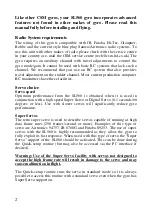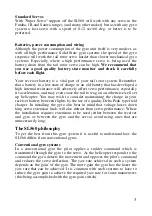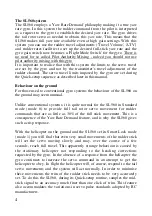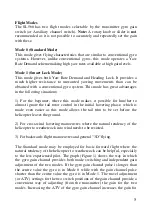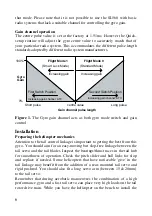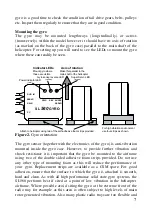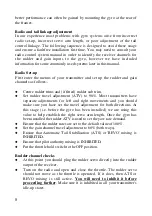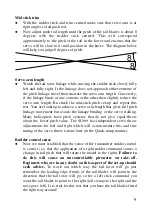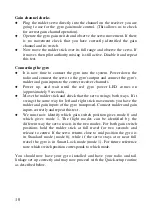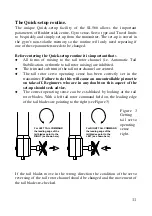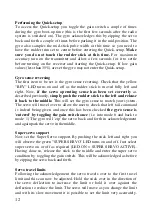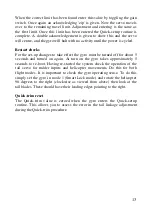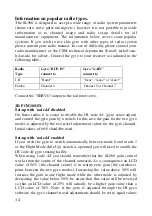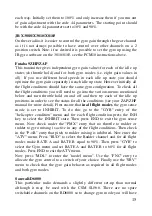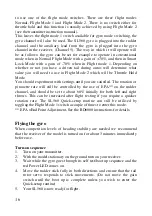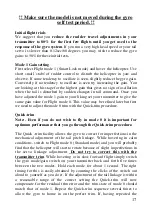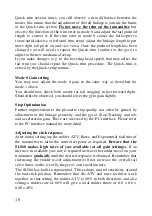
3
Standard Servos
With "Super Servo" support off the SL560 will work with any servo in the
Futaba, JR and Sanwa ranges (and many other makes) but as with any gyro
system a fast servo with a speed of 0.12 sec/60 deg. or better is to be
preferred.
Batteries, power consumption and wiring
Although the power consumption of the gyro unit itself is very modest, as
with all high performance Solid State gyro systems the speed of the gyro
response will work the tail rotor servo harder than slower mechanical gyro
systems. Especially where a high performance servo is being used the
battery drain from the tail rotor servo can be high.
We recommend that
you use a good quality battery state monitor and check it carefully
before each flight.
Your receiver battery is a vital part of your tail rotor system. Remember
that a battery in a low state of charge or an old battery that has developed a
high internal resistance will adversely affect servo performance, especially
its acceleration, and may even cause the tail to wag on an otherwise well set
up helicopter. You may wish to consider maintaining the charge in your
receiver battery between flights by the use of a quality Delta Peak type field
charger. In installing the gyro also bear in mind that voltage losses down
long servo extension leads will also detract from servo performance. Where
the installation requires extensions to be used (either between the receiver
and gyro or between the gyro and the servo) avoid using ones that are
unnecessarily long.
The SL560 philosophy
To get the best from this gyro system it is useful to understand how the
SL560 differs from conventional gyros.
Conventional gyro systems
In a conventional gyro the pilot applies a rudder command which is
transmitted through the gyro to the servo. As the helicopter responds to the
command the gyro detects the movement and opposes the pilot's command
and reduces the servo deflection. The yaw rate achieved in such a system
depends on the 'gain' of the gyro. The more gain the gyro has the lower the
yaw rate that can be achieved. It is common with such systems to have to
reduce the gyro gain to achieve the required yaw rate for some manoeuvres
(this being accomplished with the gyro gain switch).


